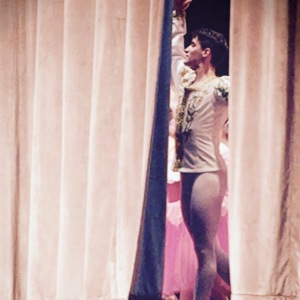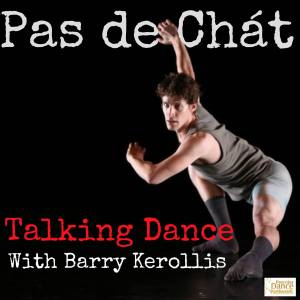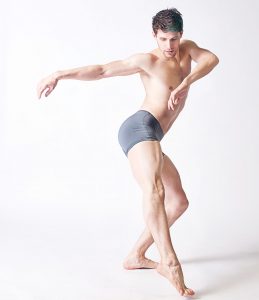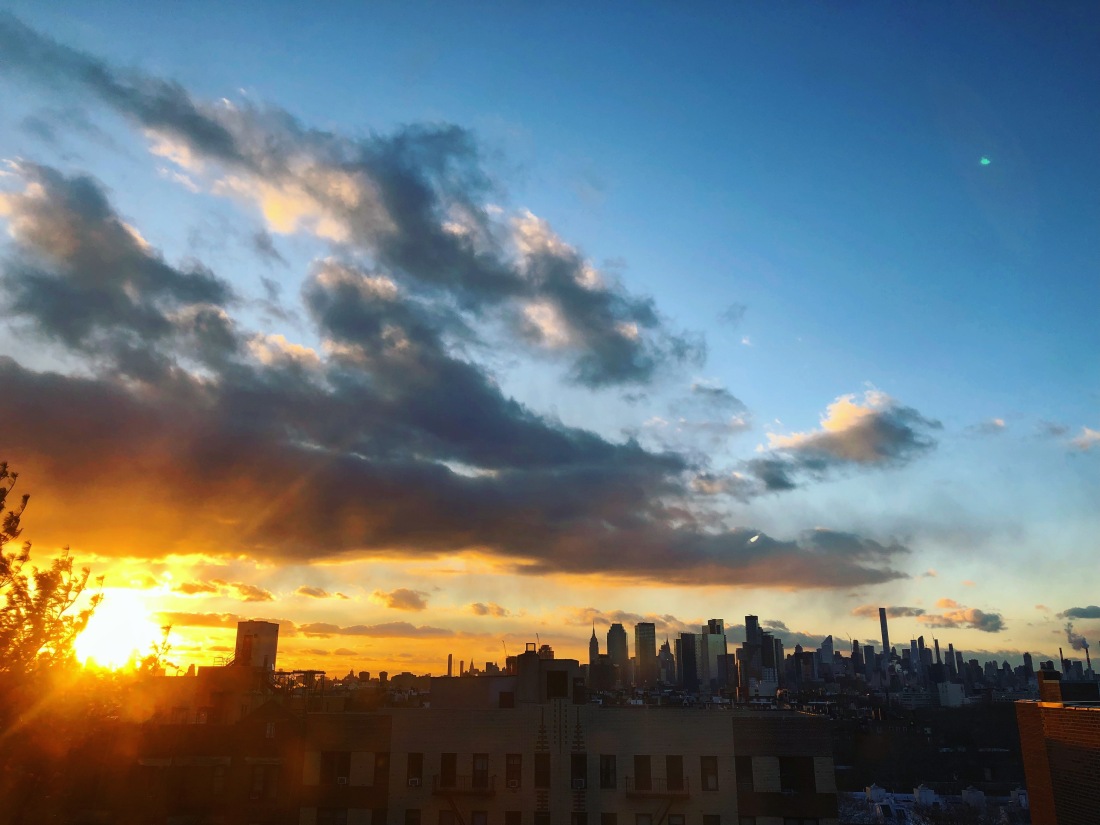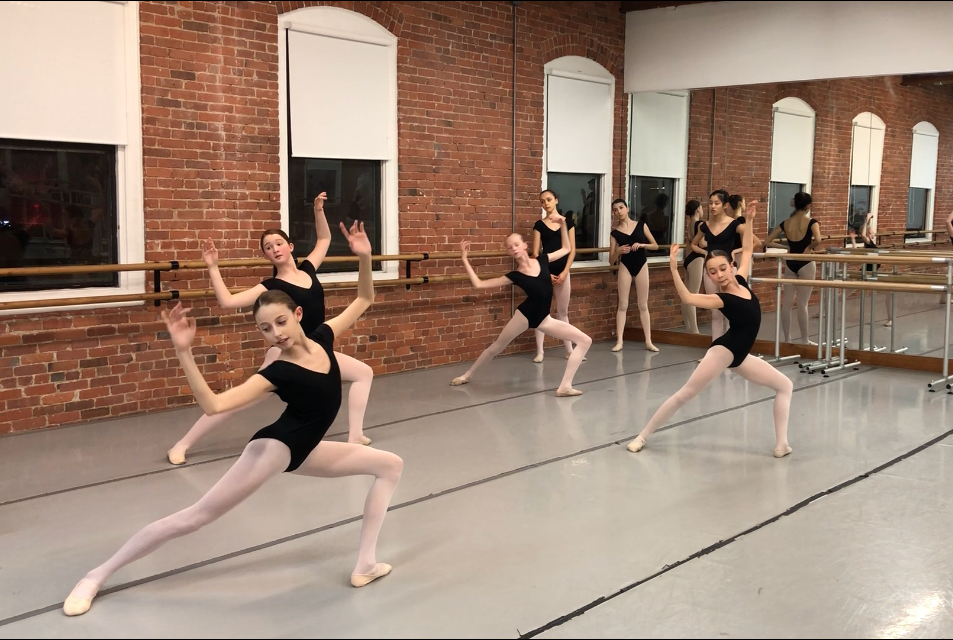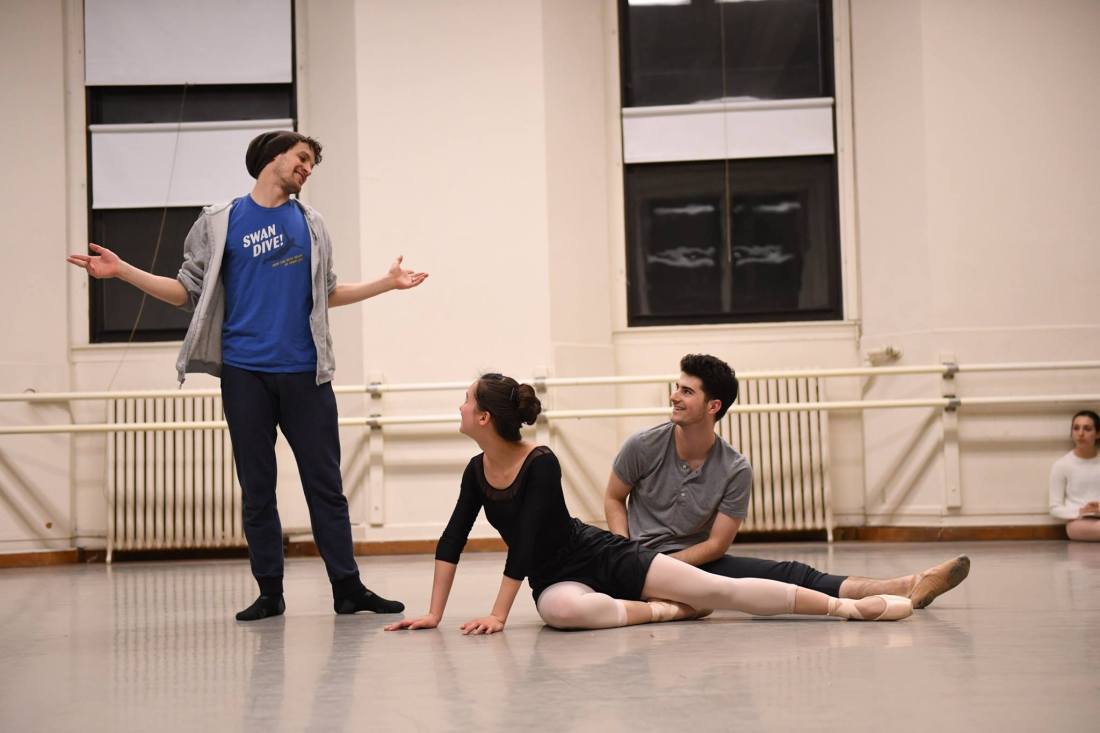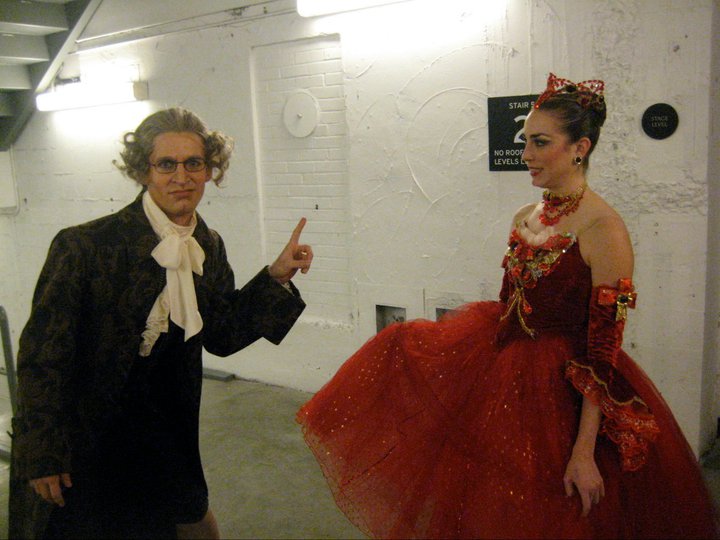
I was sitting with one of my favorite dance partners catching up over lunch nearly 3,000 miles away from the city and company that we had danced in for 4 years together. At the time, I was still dancing with Pacific Northwest Ballet. But my former colleague had moved on from her career and was transitioning into her second one. As we caught up over avocado toast, figs, brie, and honey from Le Pain Quotidien, I was struck by my friend’s perspective of her career and how it had changed so drastically since her final years dancing. As with many professional dancers who don’t track in the direction that they dreamed their career would go, she had become quite bitter and jaded during the final years of her time sharing the stage with me and our fellow dancers. While she didn’t project this onto her colleagues, she was quite vocal about the day-to-day happenings she was not pleased with and with situations (like casting) that she felt were unfair. Long gone was the woman who approached her dance career with a sharp, sarcastic wit. I was now conversing with a former dancer who spoke of fond memories of her decade dancing with one of America’s top ballet companies. I was confused.
What I was experiencing sitting across the table from my sentimental friend was something that I wouldn’t understand until I hung up my performance slippers and stepped into the same retirement shoes that she was wearing. Dancers are a very unique bunch with quirks that go well beyond their obsessive drive to perfect their technique. The best example I have of this in my own life was when I was sharing drinks with a non-dance friend back in 2013. After they intently listened to me discussing my travels as I freelanced around the nation, they responded with an inquiry that didn’t relate to the experiences I mentioned or my success in cultivating a unique career-style. He instead threw this query at me, “Do you find that you are generally a negative person?” In my baffled response to his question, I think it took me about 30 seconds of non-coherent starts and stops to find some sort of rebuttal. While I just thought I was having a normal conversation in my typical brand of candor, this friend had touched upon a personality trait that is bred into a majority of ballet dancers.
There must be a reason that many dancers are known to skew towards the spectrum of negativity. While there seems to be work on resolving this item (I’ve discussed emotional training in dance on my former blog), many students in my generation and before were taught that positive affirmation of your successes in dance training could possibly cause a dancer to become complacent about their technique and prevent them from continuing to critique, analyze, and improve their dancing. I believe that this style of training tends to develop young minds that are overly critical of things in their lives well beyond their dancing. Beyond this assumption, considering the fact that hiring, casting, and promotion are greatly based upon the opinions (vs. factual evidence of success) of those in artistic leadership roles, dancers tend to learn how to cope with disappointments that don’t always have clear reasoning more often than enjoying the elation and positivity surrounding the harder to get, exciting successes. When a dancer with high hopes for their career finds that they are coping with more disappointments than successes, they may become bitter about more than just the major upsets that they experience. Lastly, dance is an exhaustively difficult career that requires daily class, hours of time working into and through exhaustion, and pain and sore muscles that stay with you well beyond your time onstage. When a dancer wakes up in the morning and it hurts just to get out of bed, they may not be thinking positive thoughts about how lucky they are to get to dance for a living. In my deductive analysis, it makes sense to me that dancers tend to be negative or bitter about more in their lives than they are positive. It is infused into our DNA.
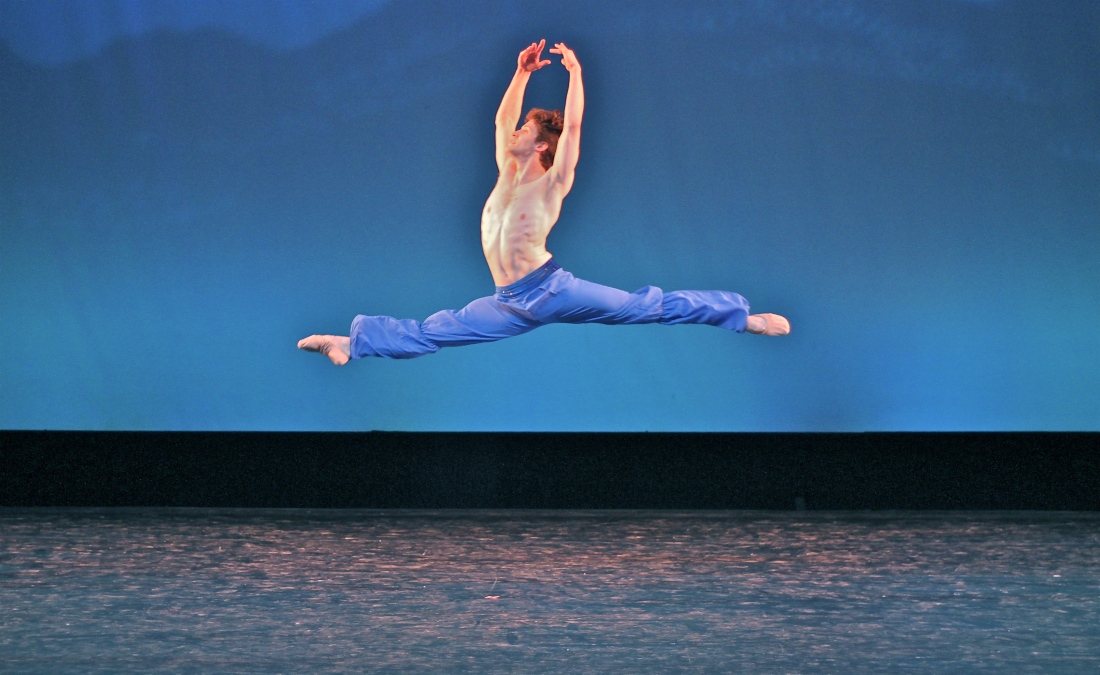
As I mentioned previously, it took until I was out of my performance career to really understand why I often discussed things in my career with a tinge to full-on negativity and bitterness. Just like everything in life, dance will eventually take everything back that you have worked so, so hard to achieve. Only this happens at a much more exponential rate than other careers and life happenings. When I joined Pacific Northwest Ballet, I was thrilled to get a job with one of my dream companies. But after 7 years existing in the small, insular bubble of our company, I forgot what it was like outside of this organization and didn’t appreciate what I had because I felt stagnant and wasn’t achieving that promotion to Soloist that I felt I had worked for and had proven that I was worthy of. Only when I started dancing for smaller, regional companies as a freelancer did I actually appreciate the financial stability, the quality of work and productions, and the appreciation/treatment given to us as dancers with Pacific Northwest Ballet. Additionally, only now that I am outside of my performance career can I look at the challenges I experienced as a nationally-touring freelancer and be grateful that I got to see the country and learn about organizations and communities of every size and caliber as a part of my job. As the typical saying goes, “Hindsight is 20/20.”
Now that I am retired like my friend who I listened to with curious intrigue about her completely contrasting post-performance personality, this conversation makes so much more sense to me. As more and more of my friends have entered retirement and I have interacted with more dancers who retired before me, I find that the regular frustrations and disappointments of a performance career fade much faster than the aches and pains leftover from the physical commitments we make to our art form. Instead of casting disappointments and studio stresses, dancers remember the sound of the orchestra tuning before an overture begins, that feeling when the curtain flies out and you feel the rush of cold air on your face that immediately precedes the first step of a performance, the camaraderie one experiences achieving superhuman feats alongside their friends, the adrenaline rush and elation that is felt as an audience applauds your efforts, and the hugs and smiles one receives from friends, family, and audience members. Our career field is difficult, yet it is so special. And no matter what a dancer is feeling in the moment while in their career, I promise that almost every one of us will walk away from the stage with nostalgia and mostly positive memories of a dream that few others get to experience.
